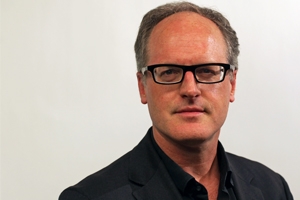This course focuses on the concept of the/a public. Discusses how media and political actors rhetorically constitute the public; how they (and occasionally governments) constitute “public spaces”(virtual and material) in which public discourse takes place, and how institutional and technological forces constitute “public opinion” and articulate “the public interest.” On the other hand, we will consider how political economy of media and social practices facilitate or stifle spaces, political actors, and publics. The course will also compare contemporary manifestations of public-making with Habermas’s theory of the public sphere, which he thought was an area of social life vital to a legitimate democracy. The potentiality, control, and use of new communication technologies are explored in relation to the existence and future of a global public sphere.

COMMUNICATION & THE GLOBAL PUBLIC SPHERE in Fall 2024 (CM5025)
COMMUNICATION & THE GLOBAL PUBLIC SPHERE in Fall 2024 (CM5025)
Course Master:
Term:
Fall 2024
Discipline:
CM (Communications)
Credits:
4 credits
Type:
Regular
Level:
Graduate
Can be taken twice for credit?:
No
Exam Date:
Thursday, December 12, 2024 - 12:30
Pre-requisites:
Major=MA: Global Communications OR Major=MA: Global Comm. (Development Communications) OR Major=MA: Global Comm. (Digital Cultures and Industries) OR Major=MA: Global Comm. (Fashion Track) OR Major=MA: Global Comm. (Visual & Material Culture Track) OR Major=MSc: Strategic Brand Management
Co-requisites:
None
THE AMERICAN UNIVERSITY OF PARIS ©
